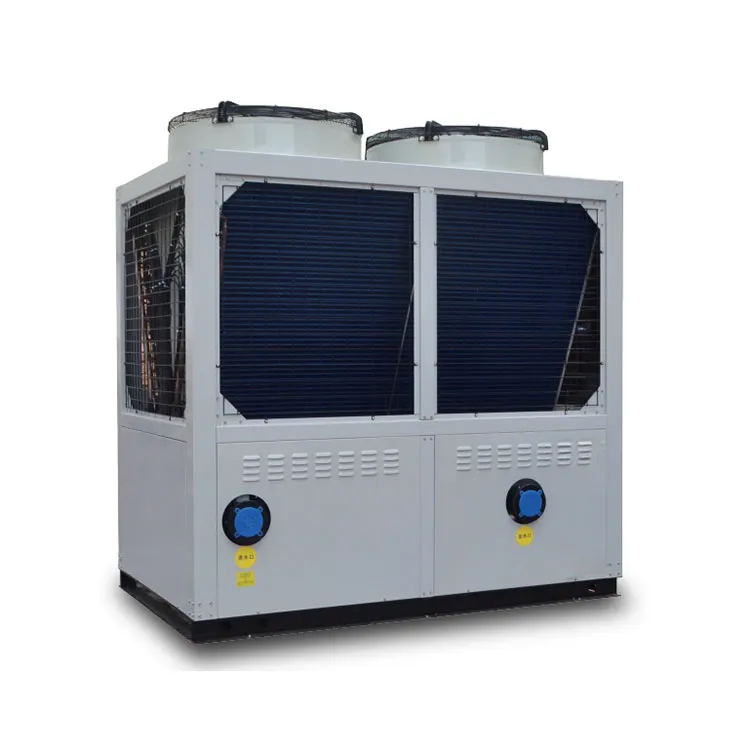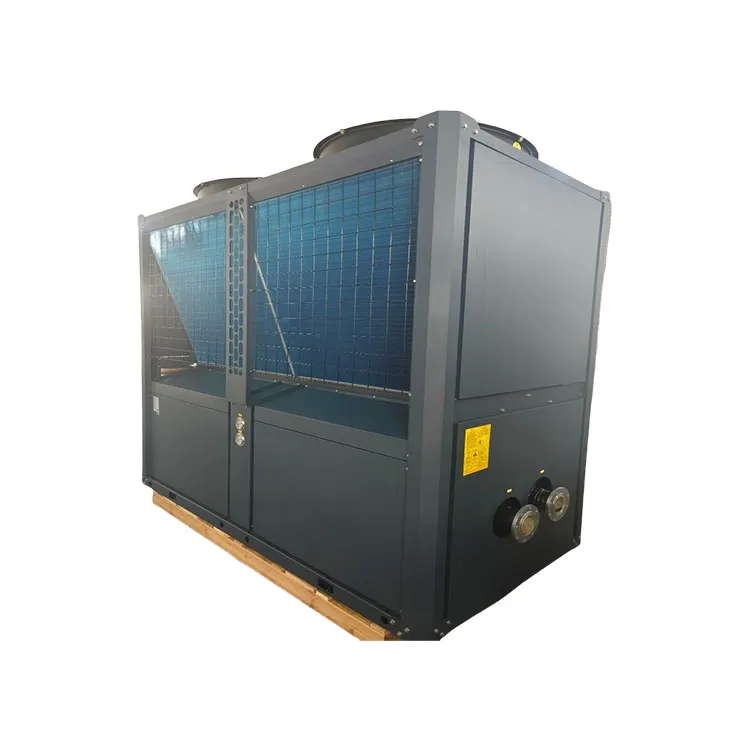QR Code

Products
Contact Us

Phone

E-mail

Address
Tangtou Nangang Third Industrial Park, Tangtou Community, Shiyan Street, Baoan District, Shenzhen, China
The efficiency of industrial heat pumps can vary significantly depending on several factors such as the specific design and application, operating conditions, and the type of heat pump being used. Industrial heat pumps are designed to extract heat from one source and transfer it to another for various industrial processes, including heating, cooling, and dehumidification.
Efficiency is typically measured in terms of the coefficient of performance (COP) for heating applications and the energy efficiency ratio (EER) or the seasonal energy efficiency ratio (SEER) for cooling applications. However, for industrial heat pumps, the most relevant metric is often the coefficient of performance (COP).

The COP of an industrial heat pump represents the ratio of the heating or cooling output (in energy) to the electrical energy input required to operate the heat pump. A higher COP indicates greater efficiency, meaning more heat is transferred for each unit of electricity consumed.
In general, industrial heat pumps can achieve relatively high efficiencies, with COPs ranging from 2 to 5 or even higher in some cases. This means that for every unit of electrical energy used, the heat pump can deliver 2 to 5 units of heat energy (or more) to the desired application.
However, it's important to note that the actual efficiency of an industrial heat pump will depend on the specific operating conditions and the design of the system. Factors such as the temperature difference between the source and sink (the heat source and the heat sink), the refrigerant used, the compressor efficiency, and the heat exchanger design can all affect the COP of the heat pump.

Additionally, industrial heat pumps are often designed for specific applications and optimized for those conditions. This means that the efficiency of a heat pump may vary depending on whether it's being used for heating, cooling, or another type of industrial process.
Industrial heat pumps can offer significant energy savings compared to traditional heating and cooling systems, especially in applications where large amounts of heat need to be transferred over long distances or in environments with extreme temperature differences.





Tangtou Nangang Third Industrial Park, Tangtou Community, Shiyan Street, Baoan District, Shenzhen, China
Copyright © 2024 Shen Zhen City MeiBiXi Electrical Equipment Co., Ltd. All Rights Reserved.
Links | Sitemap | RSS | XML | Privacy Policy |

